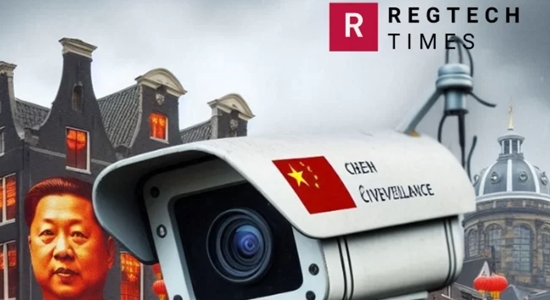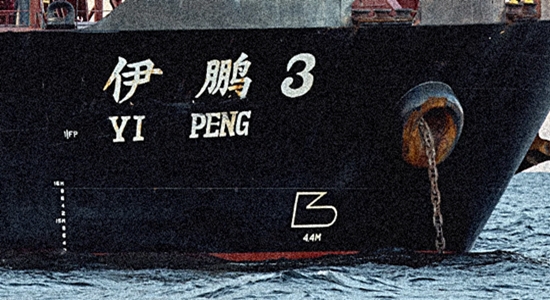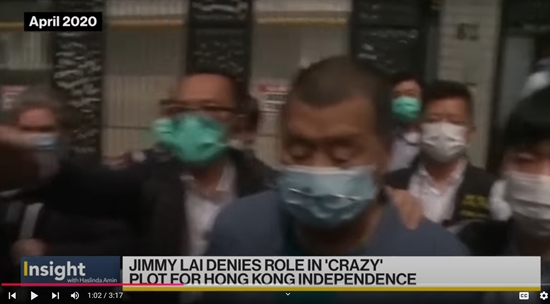
The city of Amsterdam plans to phase out some 1,280 made-in-China surveillance cameras and wants suppliers to come up with not-made-in-China cameras to replace them. The city expects the job to take five years because it presumably wants to make sure that there are no gaps in its own surveilling. The expense of the switchover is also a consideration (“Amsterdam Dismantles Chinese Surveillance Cameras to Combat Espionage Challenge,” Regtech Times, June 12, 2024).
There is growing apprehension that surveillance equipment from Chinese companies could transmit images to the manufacturer or the Chinese government. Dutch intelligence agencies first publicly attributed cyber espionage to China in February, when they said state-backed cyber spies had gained access to a Dutch military network last year….
Amsterdam’s decision follows similar actions by the UK and Australian governments. Both countries have removed Chinese-made surveillance technology from sensitive government and defense sites, highlighting a broader trend of caution against Chinese tech.
Earlier this year, the Netherlands’ Military Intelligence and Security Service disclosed a Chinese espionage campaign involving advanced malware. This revelation has likely fueled the urgency and resolve behind Amsterdam’s decision.
Chinese spies have also targeted the Dutch semiconductor, aerospace and maritime industries to try to strengthen China’s armed forces, the Dutch military intelligence agency MIVD said in its annual report.
Given Chinese penetration of Dutch defense systems and industries, the concern about the cameras is obviously not idle.
In which case a five-year phaseout seems way too slow. If it is a good idea to replace the network of surveillance cameras because they could be used by China to spy on Amsterdam, it is a good idea to figure out how to unhook them much faster. Perhaps the cameras in the most espionage-worthy parts of town will be replaced first.
We sometimes hear about how impossible or anyway very difficult it is to do anything about the endless skein of supplies and supply chains originating in China.
It may be impractical to decouple everything from China all at once. But it is possible to decouple at least one or two things at a time, starting with the most indefensible and dangerous things, like imports produced by slave labor in Xinjiang or imports that China can use to spy on you. Bad policy choices have accumulated; they can be decumulated.





